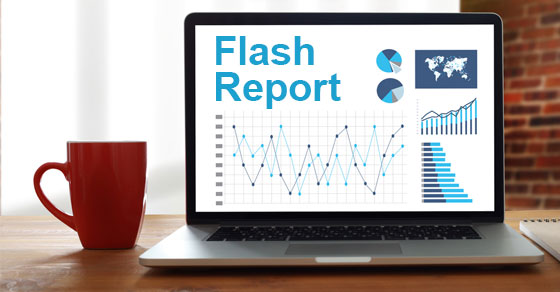Navigating Dental Practice Acquisition
Determining a game plan for buying your dental practice is the first step to successfully starting this phase of your career. It may be tempting to locate an office and begin negotiations; however, this approach will likely cause unnecessary stress and unwanted mistakes. The suggestions below can help you make solid business choices and keep you on track for a successful purchase.
1. Find out where you stand financially.
Graduating with significant student loan debt is common among dentists. Statistics show that 83% of dentists used student loans to pay for school and that the average dental graduate owes $293,900 upon graduation (ASDA, 2022). These staggering numbers impact the practitioner’s choice of career path. Before beginning the path to ownership, closely examine your debt package. It may be wise to defer the purchase of a practice until you have a repayment plan that works for your income. If you know and manage your debt early, you will be better positioned to purchase quickly.
2. Locate good advisors early.
Dental graduates often report that they need more business training. Their more experienced colleagues would likely agree. It is a common mistake to presume your dental skills will make you proficient at running a business. Find strong and professional business advisors to help you set up a budget and a business plan. A CPA can help you determine the best type of business entity for your endeavor and help with the budget and business plan. They can also direct you to trusted business professionals to assist with funding and legal issues. Find an advisor who is qualified and willing to help you every step of the way. You want to avoid choosing someone to do your taxes; find a partner to guide you into success.
3. Find a practice broker to help you locate an office.
You may have a setting that you envision for your practice. A practice broker can help you locate sellers in that type of setting. Location is a crucial ingredient to successful operations. Avoid markets that are saturated with dentists already. If you are inexperienced, you will likely have difficulty competing with established practices, assuming they are well-respected. Also, avoid the common problem of eliminating practices for consideration because they only fulfill some items on your wish list. Be willing to look at practices with an open mind and listen to what your broker and financial advisors say about the business.
4. Study the practice financials carefully.
After you locate a practice that suits your requirements, review the last two to three years of the business’s financial statements with your CPA and broker. Evaluating tax returns, patient numbers, production, recall efficacy, and collections over the chosen periods is critical. Your financial advisors can explain how this practice compares to national benchmarks. The seller has an emotional connection with the company that may influence the selling price. Some sellers will negotiate the price, while others may resist changing the asking price. Do not fall in love with the practice until you determine if it is worth purchasing and within your designated budget.
5. Make sure you list all items that are part of the purchase price.
Does your purchase price include items other than the equipment, building, or goodwill? Remember that the real estate purchase or lease is separate from the business purchase. You will need an attorney to help protect you in the contracts that are developed.
Some sellers will want to retain the accounts receivable, while others sell them with the practice. Some sellers may have items that need to be excluded, such as supplies or specific equipment or furnishings. Ensure you understand what you own after the sale.
6. Set up a contract that includes not just the particulars of the sale but also discusses how the transition will proceed.
Be sure that your contract with the seller addresses particulars about how long the previous owner will remain after the sale of the practice, who will be responsible for lab bills for finishing work, and hours during which the leaving dentist may access the office to complete remaining cases. If the selling dentist is not going to finish work, such as orthodontic cases, discuss how the case will transfer to you. Be sure to include verbiage outlining restrictive covenants so the owner does not set up a new dental practice within reasonable proximity and make your purchase valueless.
Patients may bond more easily if introduced to the new owner as they come into the office over six months to one year. Finding a seller willing to make the transition successful for you and the patients is prudent. Regardless, be prepared for some patients to leave the practice and for new patients to arrive when they see changes to signage and other indicators of new ownership. Goodwill is impossible to quantitate, although it is part of most dental practice sales.
7. Make sure you have an effective staffing transition plan.
Staff members are heavily involved in what happens at the sale of a practice. Many team members have only worked with the previous owner and may have reservations about a new dentist’s fit for the office. While they cannot thwart the sale, it is essential to help them understand their role in the new owner’s dental practice as soon as appropriate. After the staff is aware of the deal, keep the lines of communication open so they can have their questions about future employment answered and envision how their day-to-day tasks will be affected.
Following these tips will help you make a smooth transition into your new role as a business owner.
 Laurie A. Morgan M.S., D.D.S., M.Ed
Laurie A. Morgan M.S., D.D.S., M.Ed
Healthcare and Dental Services Consultant
![]()





